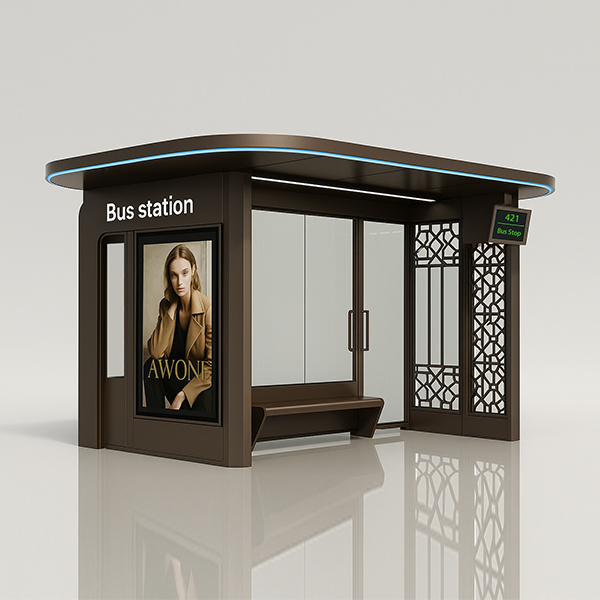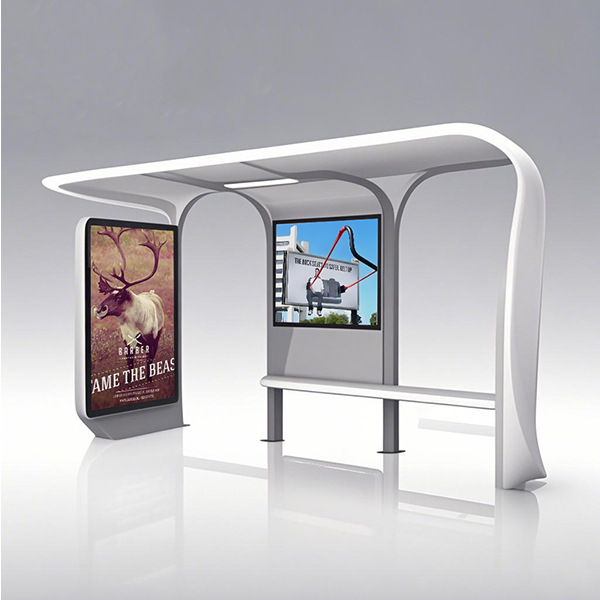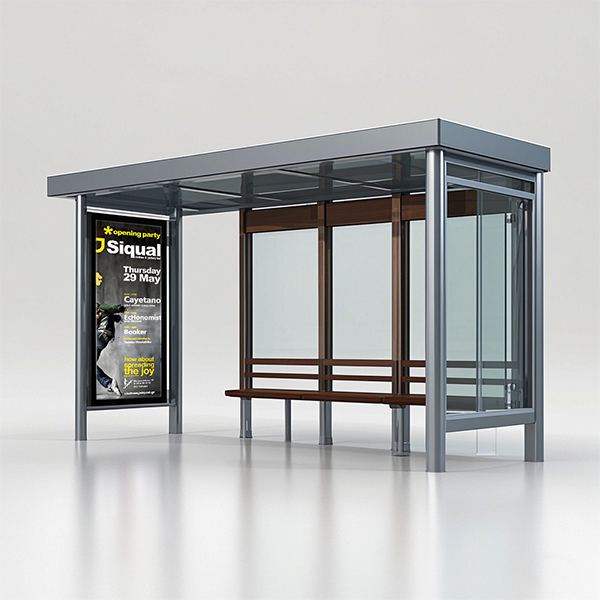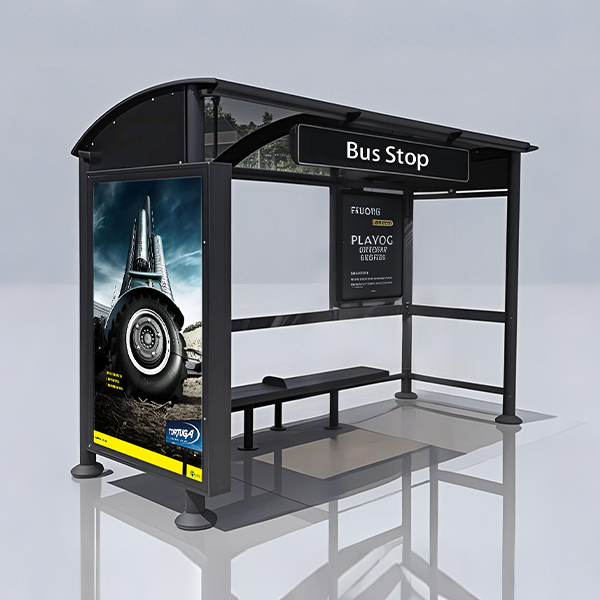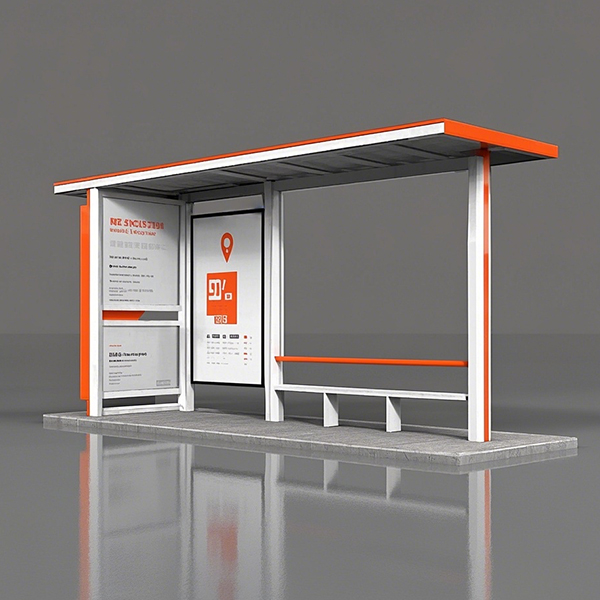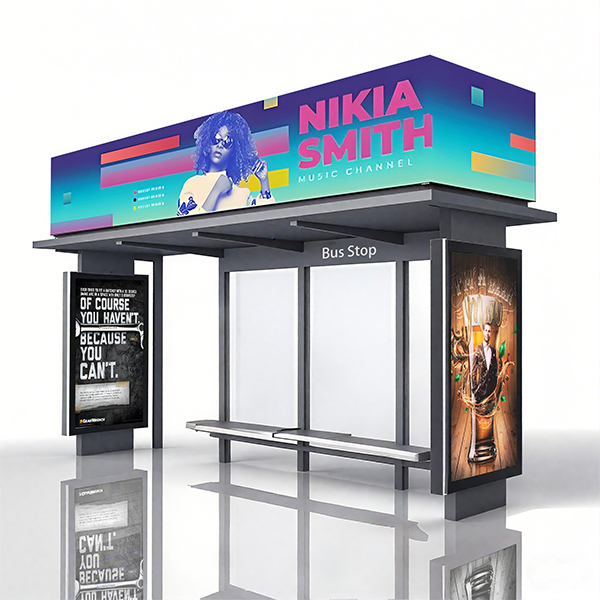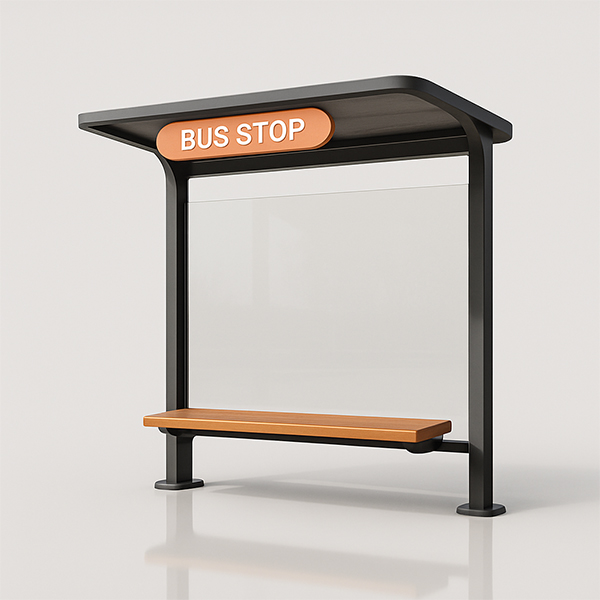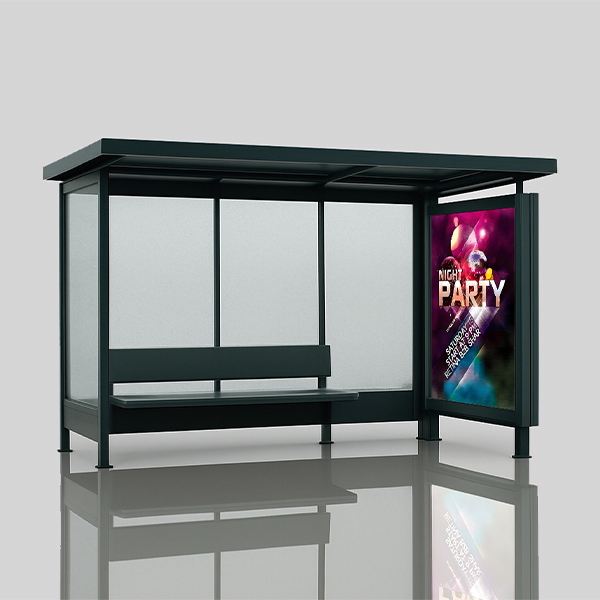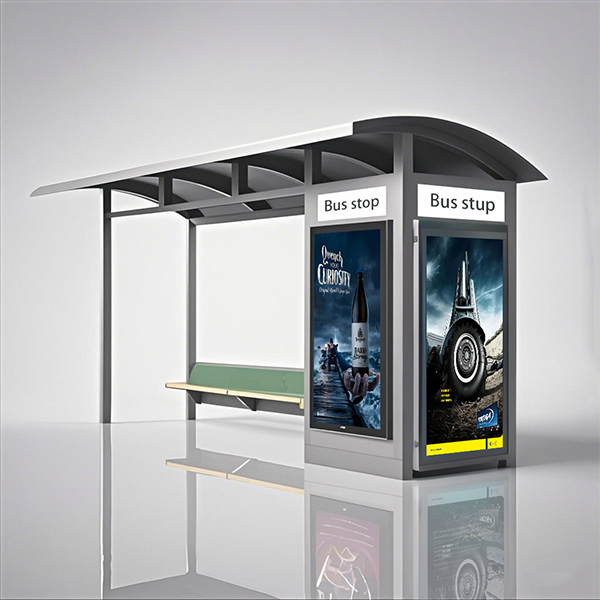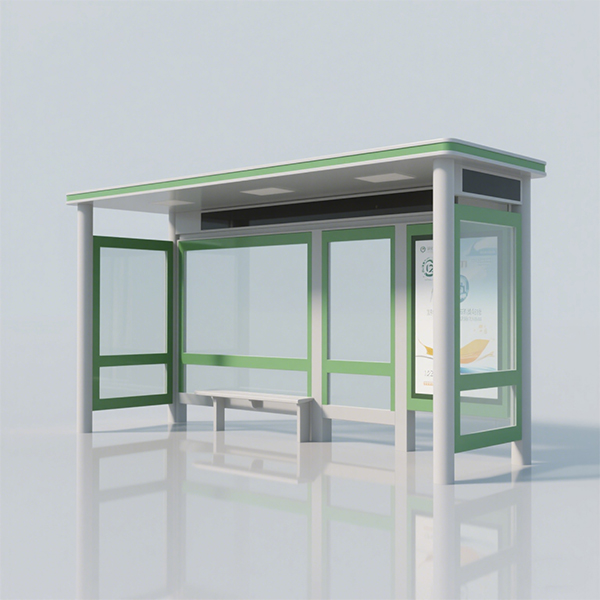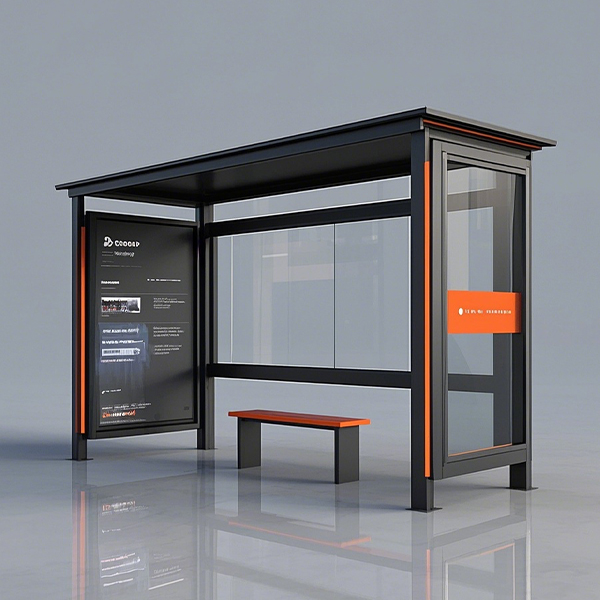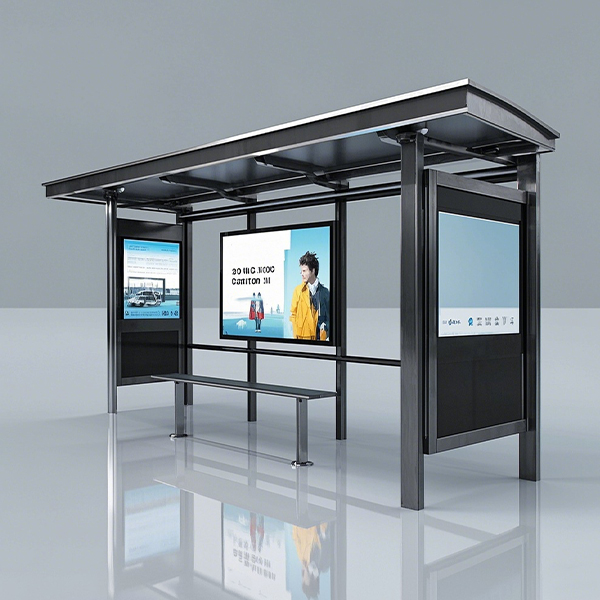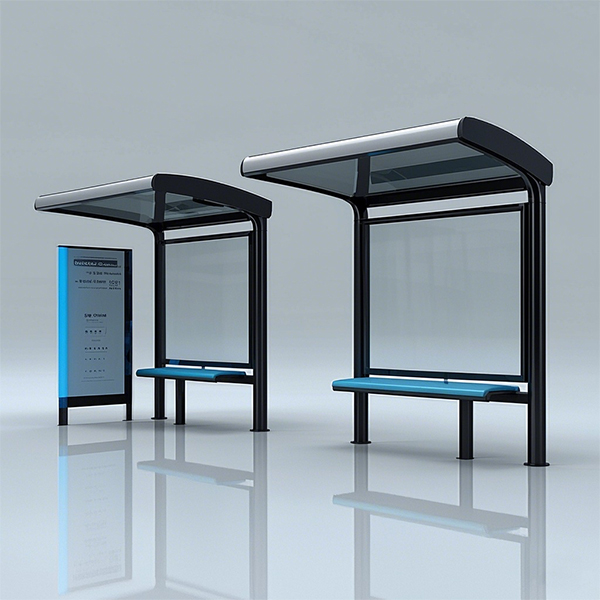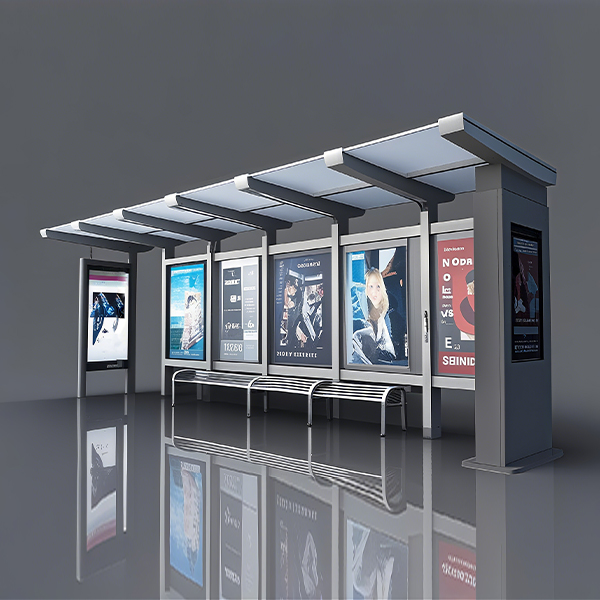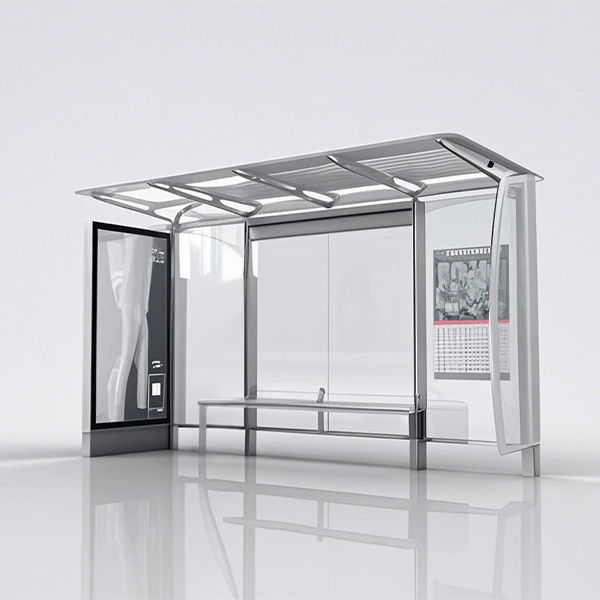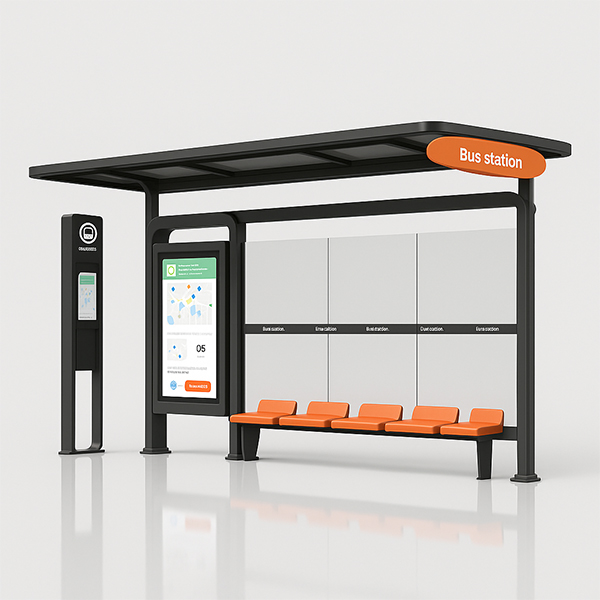
Weatherproof Bus Shelter
This guide provides essential information for selecting the ideal weatherproof bus shelter, covering factors like materials, features, and maintenance to ensure passenger comfort and longevity. We’ll explore various options, helping you make an informed decision.
Understanding the Importance of Weatherproof Bus Shelters
Weatherproof bus shelters are crucial for providing safe and comfortable waiting areas for passengers, regardless of the weather conditions. They protect commuters from rain, snow, sun, and wind, improving the overall public transportation experience. A well-designed shelter enhances the aesthetic appeal of a bus stop and demonstrates a commitment to passenger well-being. Choosing the right shelter involves considering several key aspects to ensure it meets the specific needs of your location and passenger base.
Key Factors to Consider When Selecting a Weatherproof Bus Shelter
Materials and Durability
The material of your weatherproof bus shelter directly impacts its durability and lifespan. Common materials include:
- Aluminum: Lightweight, strong, and resistant to corrosion, making it a popular choice for long-term use. Aluminum shelters often require minimal maintenance.
- Steel: Offers superior strength but requires regular maintenance to prevent rust and corrosion, especially in harsh climates. Powder-coated steel can improve its longevity and weather resistance.
- Polycarbonate: A robust, impact-resistant plastic that is excellent for transparent panels and roofing, providing good visibility and protection from the elements.
- Timber (treated): Offers an aesthetically pleasing, natural look, but requires regular treatment to protect against rot and insect damage. Properly treated timber can be a durable option.
Shelter Size and Capacity
The size of your shelter should accommodate the typical number of passengers waiting at the bus stop during peak hours. Consider the dimensions of the bus stop and the available space for the shelter's footprint. Overcrowding should be avoided to maintain passenger comfort and safety.
Features and Amenities
Modern weatherproof bus shelters offer a range of features to improve passenger comfort and safety. These include:
- Seating: Comfortable and durable seating is essential, often made from materials resistant to weathering and vandalism.
- Lighting: Adequate lighting improves visibility and security, especially during nighttime hours.
- Real-time information displays: Digital displays can provide up-to-date bus arrival information, enhancing passenger convenience.
- Heating and ventilation: In extreme climates, heating and ventilation systems can provide increased comfort.
- Security features: Consider incorporating security cameras or other security measures for added safety and protection against vandalism.
Maintenance and Longevity
Regular maintenance is key to extending the life of your weatherproof bus shelter. This includes cleaning, repairing minor damage, and addressing any signs of wear and tear promptly. Choosing durable materials and a robust design can minimize the need for frequent repairs.
Choosing the Right Supplier
Selecting a reputable supplier is crucial for ensuring the quality and longevity of your weatherproof bus shelter. Look for suppliers with a proven track record, positive customer reviews, and a wide range of products to choose from. Consider suppliers who offer installation and maintenance services as well. For high-quality and durable weatherproof bus shelters, consider contacting Shandong Luyi Public Facilities Co., Ltd. at https://www.luyismart.com/ They offer a variety of options to suit different needs and budgets.
Conclusion
Investing in a high-quality weatherproof bus shelter is an investment in passenger comfort, safety, and the overall appeal of your public transportation system. By carefully considering the factors outlined above, you can choose a shelter that meets your specific needs and provides a positive experience for commuters for years to come.
| Material | Pros | Cons |
|---|---|---|
| Aluminum | Lightweight, strong, corrosion-resistant | Can be more expensive initially |
| Steel | High strength | Requires regular maintenance to prevent rust |
| Polycarbonate | Impact-resistant, good visibility | Can scratch or become cloudy over time |
| Treated Timber | Aesthetically pleasing | Requires regular treatment to prevent rot |
Соответствующая продукция
Соответствующая продукция







